Matcha Ogurayama – Elevate Your Everyday Matcha Moment
A Dreamy Usucha Experience
Looking for a matcha that’s both gentle and flavorful? Matcha Ogurayama is here to bring everyday excellence into your tea ritual. This premium usucha (thin tea) matcha from Kyoto, Japan is the perfect balance of creamy sweetness, delicate smoothness, and a mild, full-bodied richness.
Whether you’re a seasoned tea enthusiast or just starting your matcha journey, Ogurayama offers a joyful, engaging experience that’s easy to love from the very first sip.
The Meaning Behind Ogurayama (小倉山)
Named after Mount Ogura in Saga, Kyoto, a place of poetic inspiration and cultural significance, this matcha embodies the elegance and timeless artistry of Japanese tradition. Fujiwara no Sadaie, the legendary poet, compiled the famous “Hyakunin Isshu” (One Hundred Poets, One Poem Each) at his lodge on this mountain, making Ogurayama a name synonymous with refined beauty and tradition.
FAQ: All Things Matcha
How does the price of matcha (used in food processing) relate to its quality?
When it comes to matcha, you truly get what you pay for. Higher-priced matcha means a richer aroma, a smoother and more refined taste, and a vibrant green color. Premium matcha has a milder flavor and less bitterness, making it a delight for both the eyes and the taste buds.
What’s the difference between matcha for food processing and matcha for drinking?
There’s no rigid rule, but generally, we separate matcha into two categories based on bitterness. Matcha for drinking is crafted from high-quality leaves, grown with care and precision, while matcha for food processing is typically made from lower-grade leaves that require less fertilizer and effort—resulting in a more bitter taste.
Can I use drinking-grade matcha for food?
Absolutely! In fact, if you want your culinary creations to stand out, using a matcha above the Makinoshiro quality level will give your food a brighter color, a richer taste, and a more premium feel. It’s always a good idea to opt for higher-quality matcha, even for recipes.
Best way to store matcha before opening?
Pop it in the fridge or freezer! Matcha thrives in cool temperatures. Just remember—before opening, bring it back to room temperature to avoid unwanted condensation.
What about after opening?
If you store opened matcha in the fridge without sealing it tightly, condensation can form, degrading the quality fast. The best move? Transfer it to an airtight container at room temperature, then refrigerate or freeze. And don’t let it sit around for too long—freshness is key.
What’s up with the oxygen absorbers?
Your Yamamasa Koyamaen matcha comes sealed with an oxygen absorber to keep it fresh. If you’re using bagged matcha, you’ll find the absorber glued inside the bag—leave it there while scooping out your powder to maintain quality.
Avoid condensation issues
Bringing matcha out of the fridge? Let it sit at room temperature before opening to prevent moisture from sneaking in.
Lumps? No problem!
Because matcha is so finely ground, it tends to clump together due to static electricity. A quick sift before use will bring back that smooth, silky texture.
Why does my matcha look wet when sprinkled on food?
Matcha is highly absorbent—it quickly pulls in moisture from its surroundings. If you’re using it as a garnish, expect it to darken a little over time.
Does matcha change color when heated?
Yes, it does. When exposed to high heat, matcha’s vibrant green can shift to a reddish-green. That’s why it’s best added at the end of cooking or used in recipes that don’t require prolonged heat.
Can light affect matcha’s color?
Definitely! We don’t use any additives—our matcha is 100% natural. If it sits under direct light for too long (like in a display case), its color can fade.

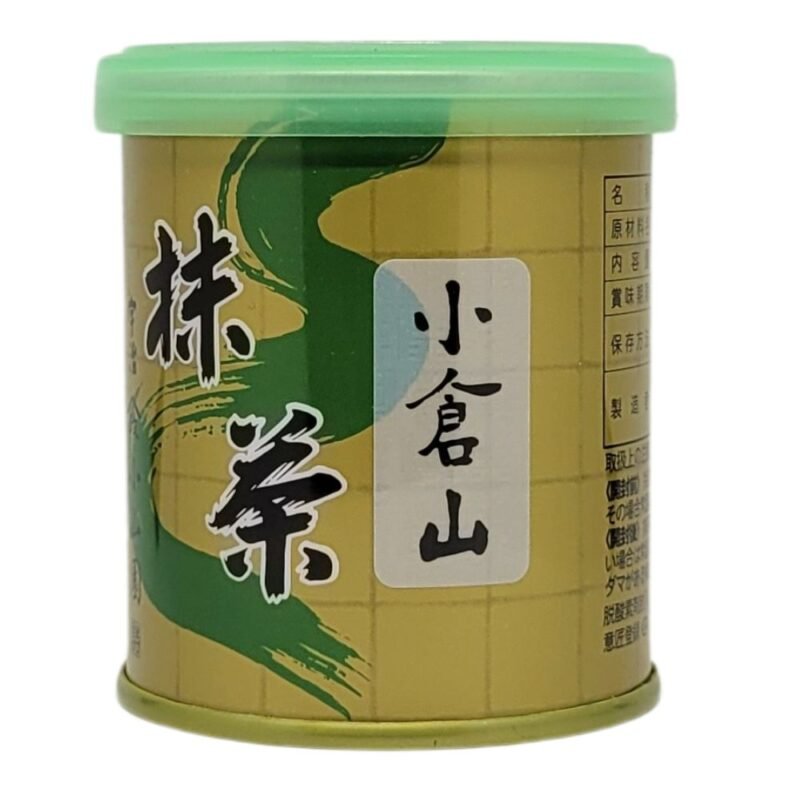

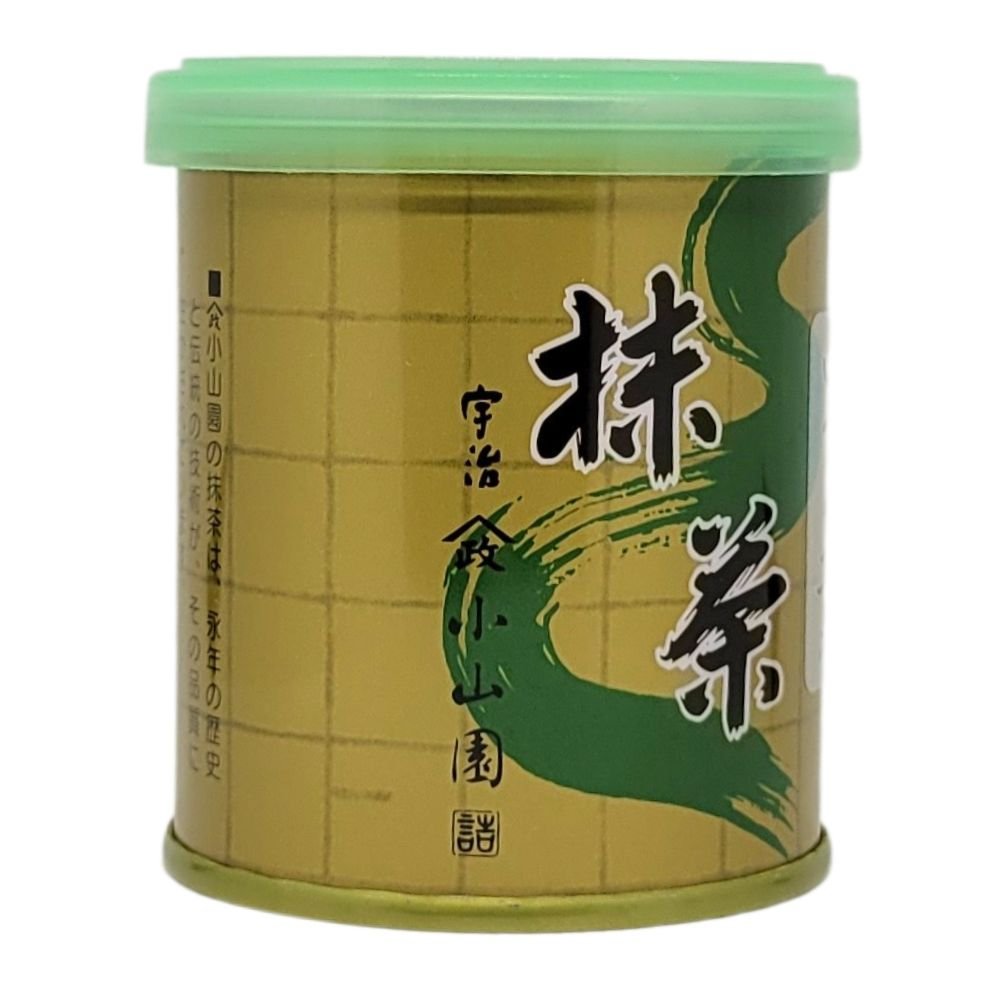
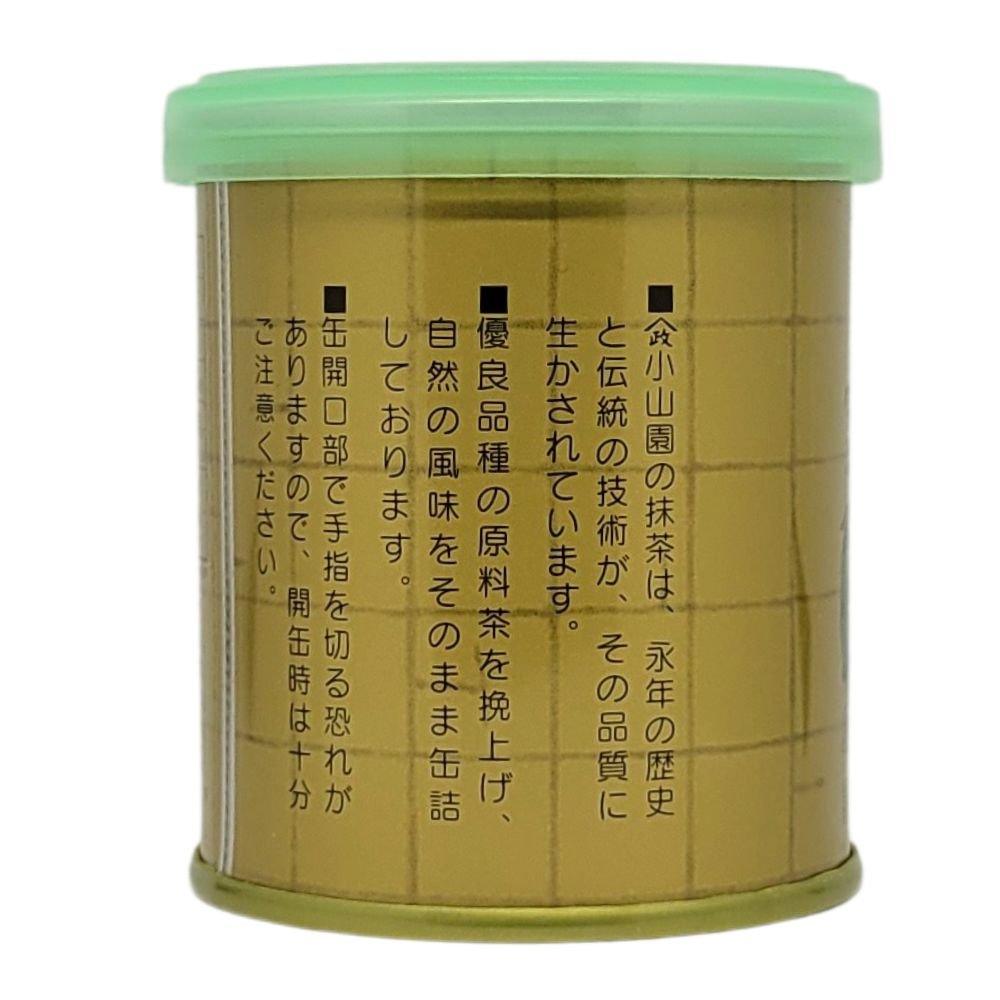
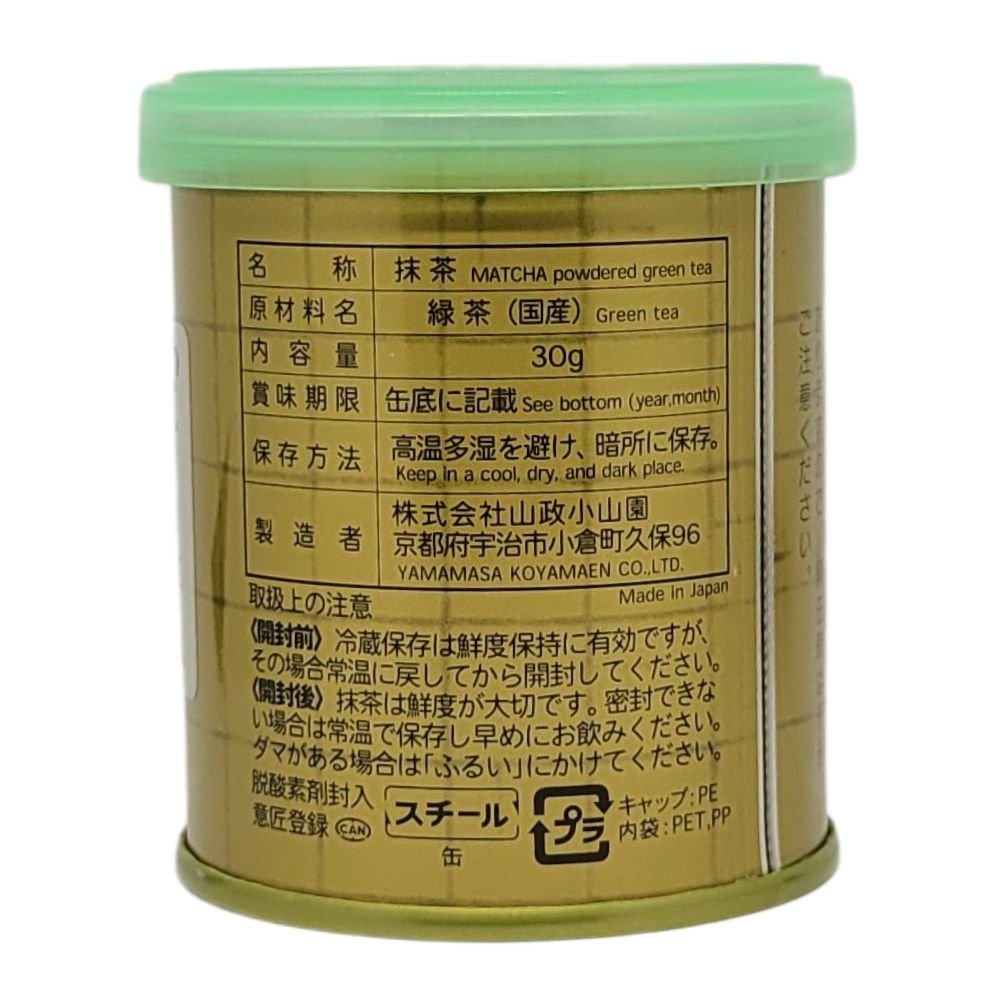
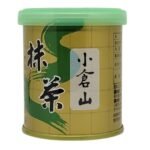
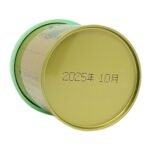
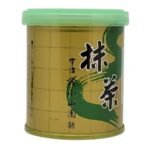
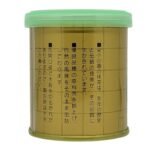
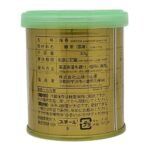
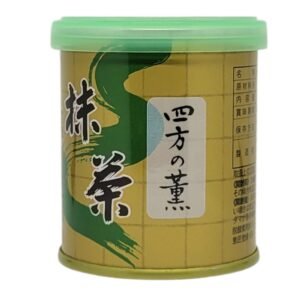

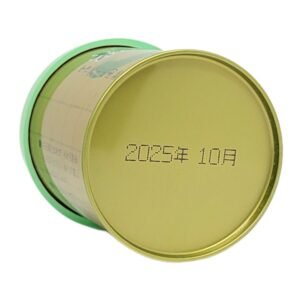
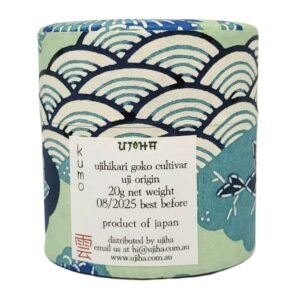

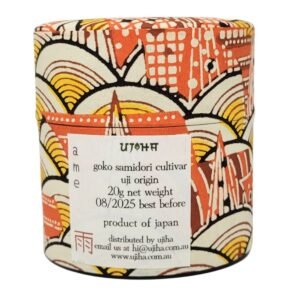

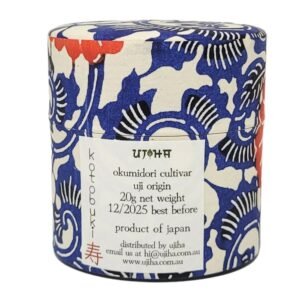

Reviews
There are no reviews yet.